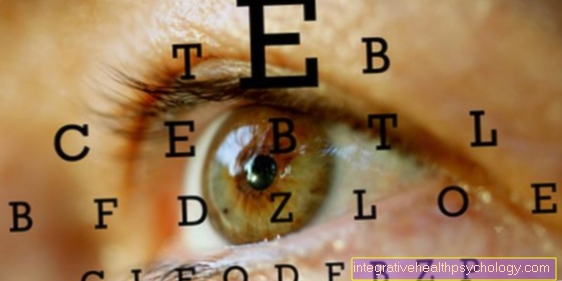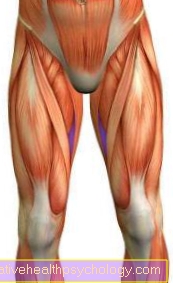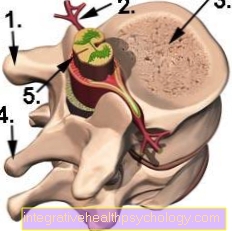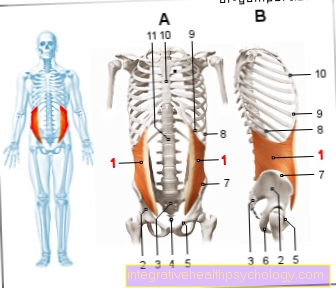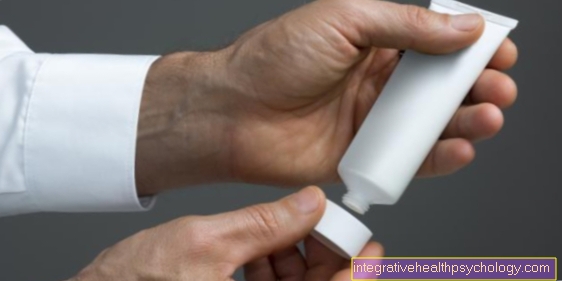The visual acuity
definition
Visual acuity (visual acuity, visual acuity, minimum separable) indicates the measurable extent of the ability with which one can recognize patterns and contours in the outside world as such.

Minimum visibile
As Minimum visibile denotes the limit of visibility. This is achieved when objects that are viewed and depicted on the retina can no longer be demarcated from the luminance of their surroundings as a contour and contrast. The recognizability of external objects essentially depends on how our visual apparatus can perceive differences in brightness.
Minimum discriminibile
Under Minimum discriminibile one understands the threshold of recognizing the smallest differences of external objects. Eye tests check whether a line can be distinguished between a continuous line and a so-called vernier arrangement when looking at a line (Vernier acuity). In addition, it should be determined whether a minimal movement or tilting of two objects is detected.
Minimum separable
The Minimum separable (Synonyms: angular visual acuity, visual acuity) requires both a relative localization and a differentiation between directly adjacent contours, which can barely be recognized as separate due to very small differences in luminance on the retina. The luminance distributions of the neighboring objects are superimposed the more closely the patterns in the outside space are next to one another.
Minimum legibile
This indicates the reading acuity. As a rule, their value is higher than the value of the other types of visual acuity, because here words can not only be recognized by the appearance of the letters, but can also be classified according to the context.
Relevance of visual acuity
In ophthalmology, visual acuity is the target parameter, and all ophthalmological (ophthalmological) measures revolve around maintaining and improving it. There are important legal regulations that require certain minimum visual acuity values for the operation of dangerous devices (e.g. motor vehicles) or for certain professions (e.g. police officers). Also benefits from private and statutory accident insurance for eye damage and the payment of statutory blindness allowance mainly after the visual acuity.
Visual acuity physiology
Human visual acuity depends on several factors:
- Resolving power of the eyeball
- Image quality on the retina (determined by the refractive media of the eye - cornea, aqueous humor, lens and vitreous humor)
- optical properties of the object and its surroundings (contrast, color, brightness)
- Shape of the object: horizontal lines, vertical lines and right angles can resolve the retina and central nervous system higher than the eyeball alone.
Physically, the size of the pupil limits the resolution of the eyeball; physiologically, the resolution is determined by the density of the receptors (rods and cones) and the signal processing of the receptive fields of the retina. The resolution reaches its maximum value with a maximally dilated pupil and sufficient brightness in the area of the fovea centralis retinae (central point of sharpest vision on the retina).






.jpg)



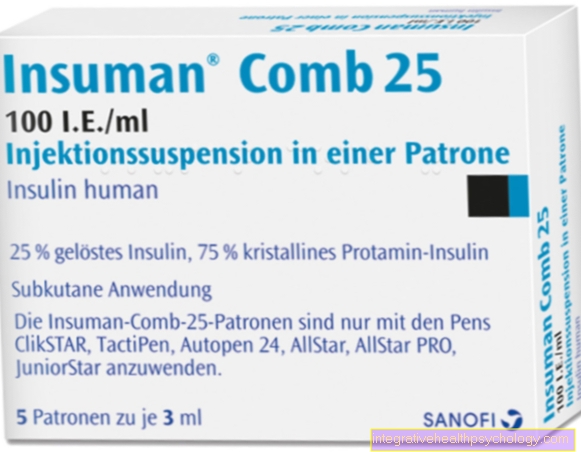
-buschmcke.jpg)



